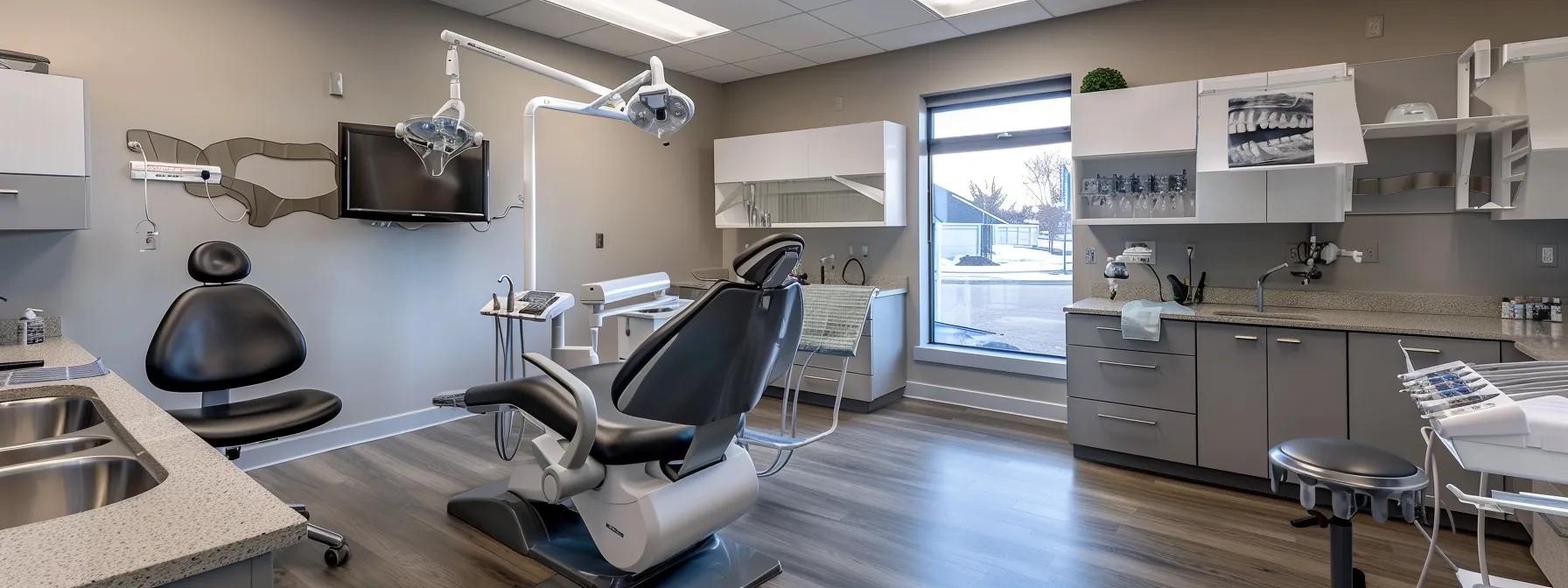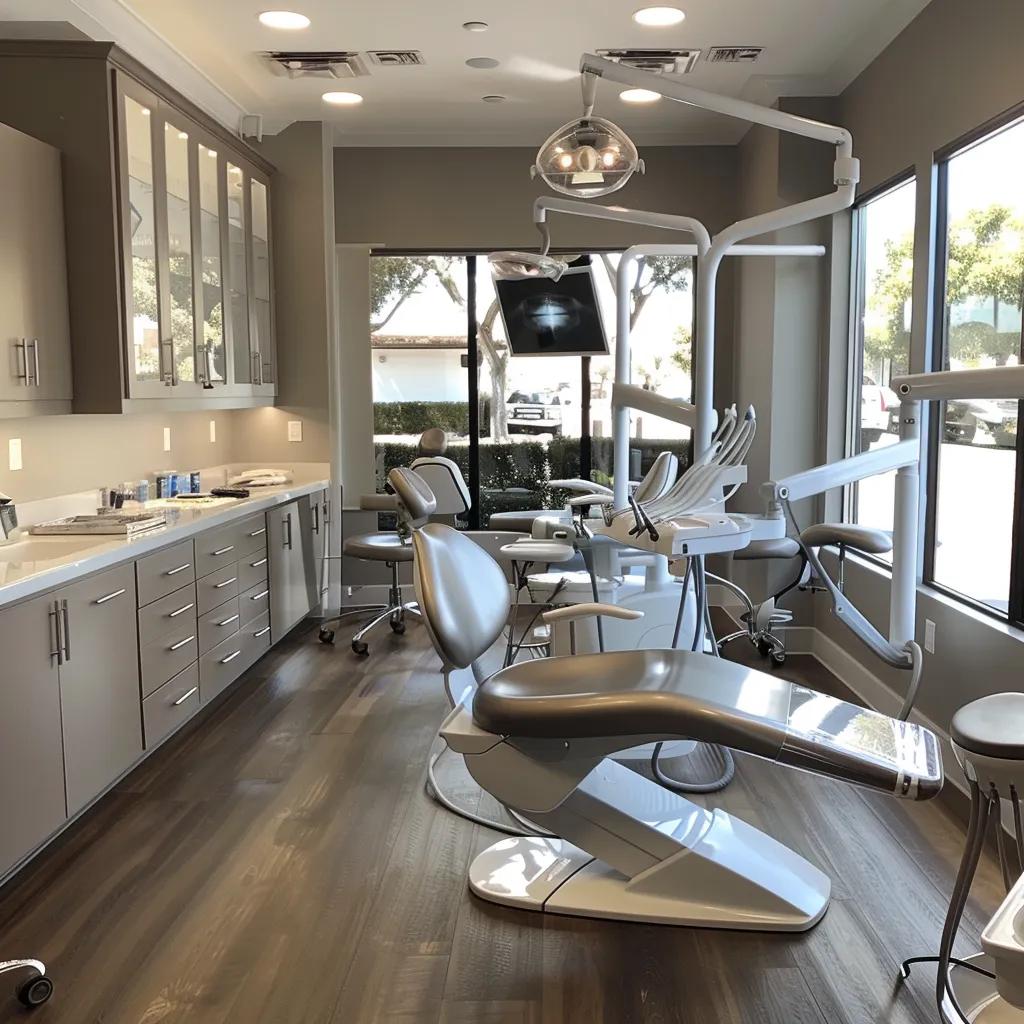Why Readiness Beats Panic Every Time
Dental emergencies are some of the most stressful and disruptive experiences a person can face. A sudden toothache, a knocked-out molar, or unexpected swelling can spark not just physical pain, but anxiety and confusion too. In these moments, preparation can make all the difference. Knowing what to do, where to go, and what to expect allows you to take swift, informed action—possibly saving your smile and sparing yourself unnecessary pain.
In this article, we’ll walk you through the core concepts of emergency dentistry. From recognizing what’s truly urgent to finding after-hours care and leveraging the latest technology, our aim is to demystify the process and empower you. Whether you’re a parent, a caregiver, or simply someone who values their oral health, this guide will help you face dental emergencies with clarity and calm.
Identifying a Dental Emergency
The first step in effective emergency care is knowing what constitutes a true emergency. Some dental problems are irritating but not urgent—like a minor chip in a tooth or a temporary crown that falls off. Others, however, require immediate attention to avoid long-term complications or irreversible damage.
A dental emergency often involves intense pain, trauma, bleeding, or swelling. It’s not just discomfort—it’s disruption. When symptoms affect your ability to eat, sleep, speak, or function normally, you’re likely dealing with an urgent situation.
Examples of common dental emergencies include:
- Knocked-out (avulsed) teeth
- Cracked, broken, or fractured teeth with bleeding or pain
- Severe, persistent toothaches
- Dental abscesses with swelling and fever
- Uncontrolled bleeding from the mouth
- Loose adult teeth without trauma
- Jaw injuries or suspected fractures
If you’re unsure whether something counts as an emergency, err on the side of caution. Contact your dentist or an emergency provider to describe your symptoms. Acting quickly can often prevent worsening complications—and possibly save a tooth.
Finding Immediate Dental Care
When dental trouble hits, speed is everything. Your regular dentist should always be your first point of contact in a crisis. Most practices have protocols in place for emergencies, including triage systems, priority scheduling, and after-hours referrals. However, emergencies rarely wait for regular office hours, which is why having a plan B matters.
If your dentist is unavailable, it’s important to locate care swiftly. Many cities have 24/7 emergency dental clinics that can handle acute situations. In rural or underserved areas, urgent care centers or hospital ERs may be the best option—especially for trauma or infections that spread beyond the mouth.
Alternative care sources during an emergency may include:
- After-hours emergency dental clinics
- Hospital emergency departments (especially for trauma or swelling with fever)
- Telehealth consultations for initial triage and advice
- Dental school clinics with emergency walk-in hours
Before an emergency happens, take a few minutes to note your dentist’s after-hours policy and find the nearest urgent dental clinic. Store the numbers in your phone. These small steps can make a major difference in a high-stress moment.
What to Expect During an Emergency Dental Visit
Arriving at an emergency dental appointment may feel overwhelming, but the process is typically efficient and focused. You’ll first undergo a triage assessment to determine the severity of your condition. This often includes a quick medical history review, visual inspection, and possibly digital imaging like X-rays.
Pain management is a top priority. If you’re in distress, the team will work quickly to get your discomfort under control. This might include local anesthetics, anti-inflammatory medication, antibiotics (for infections), or even sedation depending on the procedure.
Common treatments during emergency dental visits include:
- Temporary fillings or crowns
- Tooth extractions (for irreparable damage)
- Abscess drainage and antibiotic therapy
- Stabilization of loose or fractured teeth
- Re-implantation of knocked-out teeth (if within viable timeframe)
In many cases, the initial visit will focus on stabilizing the issue rather than completing a full treatment plan. A follow-up appointment is often required for more permanent solutions. Be sure to ask about next steps and any home care instructions before leaving.

Navigating After-Hours Emergencies
Emergencies don’t watch the clock—and neither should your care plan. Dental problems often flare up at night or on weekends, which can catch unprepared patients off guard. The good news? Many dental practices now offer after-hours support through emergency hotlines or online scheduling platforms.
These systems are designed to reduce wait times and ensure you’re directed to appropriate care immediately. Some practices even collaborate with emergency clinics to offer coverage while their office is closed.
Key points to consider for after-hours preparedness:
- Know your dentist’s emergency protocol (check their website or voicemail)
- Find local 24-hour dental clinics ahead of time
- Keep a dental emergency kit at home (gauze, clove oil, pain relievers, mirror)
- Save your dental insurance details in an accessible place
Having this knowledge beforehand saves time when it matters most. In an emergency, minutes count—and so does peace of mind.
Technological Advances in Emergency Dentistry
Emergency dental care has evolved dramatically thanks to technology. What once required multiple visits and outdated tools can now often be managed in a single appointment using digital diagnostics and modern materials.
Digital X-rays and intraoral cameras allow for fast, accurate diagnosis. CAD/CAM systems (computer-aided design/manufacturing) enable same-day crowns and inlays. Laser technology reduces bleeding and speeds up recovery, while modern anesthetics and sedation techniques ensure comfort throughout.
Some innovative tools and treatments used in modern emergency dentistry:
- Digital imaging for rapid assessment
- Same-day crown milling (no temporary crowns needed)
- Laser therapy for soft-tissue injuries
- Advanced pain control (including needle-free anesthesia)
- Telehealth apps for initial screenings
These tools not only improve outcomes—they also reduce your time in the chair and help prevent return visits for the same issue. Ask your dental provider about their technology offerings. Not all clinics are created equal.
Preventing Future Dental Emergencies
While no one can predict every emergency, many dental crises are preventable. Routine care, healthy habits, and protective measures can drastically lower your risk. Prevention is more than brushing and flossing—it’s about being proactive and consistent with your oral health strategy.
Most serious emergencies begin as small issues that are ignored—like a nagging toothache or a chipped filling. Addressing these concerns early can save you from pain, cost, and permanent damage later on.
Tips to help you prevent dental emergencies include:
- Schedule cleanings and exams every 6 months
- Wear a custom-fitted mouthguard during sports or sleep (for bruxism)
- Avoid chewing ice, hard candy, or non-food objects
- Treat signs of gum disease or tooth decay early
- Replace old fillings or crowns before they break
By making oral health a priority today, you reduce the chances of facing a painful emergency tomorrow. Prevention may not be exciting—but it’s powerful.
Conclusion: Readiness is the Real Remedy
Dental emergencies may strike without warning, but they don’t have to derail your life. With the right information and preparation, you can face unexpected issues with clarity and confidence. Know what to look for, where to go, and how to act fast—and you’ll be far better equipped to protect your health and your smile.
Start now. Confirm your dentist’s emergency protocol. Identify a nearby clinic. Build a small dental emergency kit. These simple steps, taken today, could save you pain, money, and stress in the future. Because when it comes to dental care, readiness is the most powerful form of protection.
Ready for a dentist who cares as much as you do about your smile? Contact Dr. Cappetta today to schedule a no-pressure consultation. You can also call us at (210) 614-5481.
With Fountain of Youth Dental, you can stop settling and finally get the healthy, stunning smile you deserve!
Schedule Your Free Consultation Today!
Fountain of Youth Dental
5282 Medical Dr. #520 San Antonio, TX 78229
(210) 614-5481
FAQ’s
What should I do if my tooth falls out?
A knocked-out tooth is one of the most time-sensitive dental emergencies. The first few minutes after the injury are absolutely critical for increasing the odds of saving the tooth. Whether it’s caused by trauma during sports or an unexpected accident, how you handle the situation can make all the difference.
Start by picking up the tooth carefully—always by the crown (the chewing surface), not the root. This reduces the risk of damaging important tissue that may still be viable. Gently rinse the tooth with milk or saline if it’s dirty, but never scrub or use soap. If the person is alert and calm, try placing the tooth back into the socket gently and hold it there with light pressure. If reinsertion isn’t possible, keep the tooth moist in a container of milk, saline solution, or inside your cheek. Avoid plain tap water, which can damage root cells. Most importantly, get to a dentist or emergency clinic immediately—ideally within 30 to 60 minutes—for the best chance of successful reimplantation.
Can I wait until morning for a severe toothache?
Toothaches are never pleasant, but when the pain becomes severe and persistent—especially if it’s paired with swelling, sensitivity to temperature, or a fever—it’s likely a sign of a more serious issue like an abscess or deep infection. Waiting until morning may seem like a reasonable option, but it could lead to complications that are more painful and harder (and more expensive) to treat.
Dental infections can spread quickly to surrounding tissues, including the jaw, sinuses, and even the bloodstream. Symptoms like facial swelling, pain that worsens when lying down, or a foul taste in the mouth suggest that bacteria may be at work below the surface. These conditions can escalate into medical emergencies if left untreated. Therefore, it’s best not to delay. If your regular dentist is closed, call their after-hours line or seek help from an emergency dental clinic. Addressing the issue promptly can help reduce pain, stop the spread of infection, and potentially save your tooth.
How can I prevent dental emergencies?
While not all dental emergencies are avoidable, many are preventable with a consistent and proactive oral care routine. Prevention starts with awareness—understanding your oral health risk factors, committing to regular dental checkups, and addressing small issues before they become major problems.
Make sure you brush twice a day with fluoride toothpaste, floss daily, and limit sugary snacks and drinks. Attend dental exams every six months so your provider can catch early signs of decay, gum disease, or worn dental work that may lead to breakage. If you play contact sports or grind your teeth at night, invest in a custom-fitted mouthguard to protect against injury and wear. And finally, listen to your body—don’t ignore minor tooth sensitivity, chipped enamel, or bleeding gums. These can be early warning signs of bigger problems. Catching them early can help you avoid a painful surprise later on.
Related Articles
Emergency Dental Care Tips, Dental Emergency Symptoms, Common Dental Emergency Procedures, Responding to Dental Emergencies, Dental Emergency Insurance, Toothaches,





